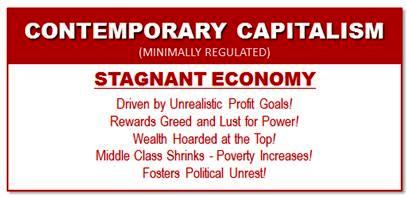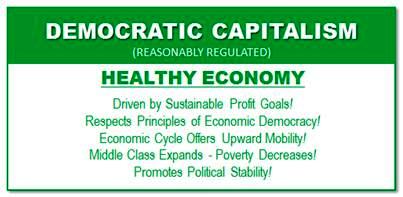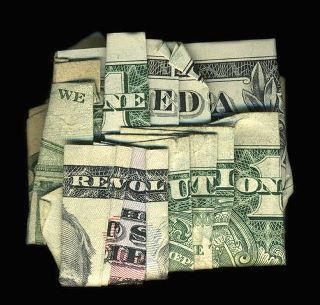It looks like you're using an Ad Blocker.
Please white-list or disable AboveTopSecret.com in your ad-blocking tool.
Thank you.
Some features of ATS will be disabled while you continue to use an ad-blocker.
0
share:
have not seen this posted yet, if it has i am sorry
www.commondreams.org...
I am certain that this will anger some of you , but OWS have made a point in something wrong now even though its really hard for some to accept it, its true, these are programs set up without any government affiliation, to protect the rights of media so its just proof that us is now a little less safe if you are a press agent,
among the press agents two men were bashed in the head, a lady thrown and batterd by police had to go to the hospital and they pushed down an old man, remember these are just the reporters they take into consideration. there are many more than what i just mentioned,. just the other day in occupy oakland.
My opinion is just that occupy will not stop their press and live feeds and will not stop protesting until they accomplish something, even if its only groundbreaking for a new revolution they are getting the facts out! It is sad that they have proven to these agencies that this is a real problem here...
I believe you will slowly learn to accept the fact that Ows is here for a while.... at least until people understand why they fight


en.wikipedia.org...

the rest of the world knows about protests... but we have been brainwashed o so long. It will take a while for America to get used to the OWs but i dont think they are going anywhere.

Just my opinion... i wont reply to hateful comments against ows, im not here to fight but to point out a sad fact.
just a little more info for you interested you can see all the rankings here.
en.rsf.org...

Reporters Without Borders has released its annual World Press Freedom Index and the United States fell 27 points to No. 47 on the list. Why? "more than 25 [reporters] were subjected to arrests and beatings at the hands of police" during Occupy movement protests.
www.commondreams.org...
I am certain that this will anger some of you , but OWS have made a point in something wrong now even though its really hard for some to accept it, its true, these are programs set up without any government affiliation, to protect the rights of media so its just proof that us is now a little less safe if you are a press agent,
among the press agents two men were bashed in the head, a lady thrown and batterd by police had to go to the hospital and they pushed down an old man, remember these are just the reporters they take into consideration. there are many more than what i just mentioned,. just the other day in occupy oakland.
My opinion is just that occupy will not stop their press and live feeds and will not stop protesting until they accomplish something, even if its only groundbreaking for a new revolution they are getting the facts out! It is sad that they have proven to these agencies that this is a real problem here...
I believe you will slowly learn to accept the fact that Ows is here for a while.... at least until people understand why they fight


Besides legal definitions, some non-governmental organizations use other criteria to judge the level of press freedom around the world:
Reporters Without Borders considers the number of journalists murdered, expelled or harassed, and the existence of a state monopoly on TV and radio, as well as the existence of censorship and self-censorship in the media, and the overall independence of media as well as the difficulties that foreign reporters may face.
The Committee to Protect Journalists (CPJ) uses the tools of journalism to help journalists by tracking press freedom issues through independent research, fact-finding missions, and firsthand contacts in the field, including local working journalists in countries around the world. CPJ shares information on breaking cases with other press freedom organizations worldwide through the International Freedom of Expression Exchange, a global e-mail network. CPJ also tracks journalist deaths and detentions. CPJ staff applies strict criteria for each case; researchers independently investigate and verify the circumstances behind each death or imprisonment.
Freedom House likewise studies the more general political and economic environments of each nation in order to determine whether relationships of dependence exist that limit in practice the level of press freedom that might exist in theory. So the concept of independence of the press is one closely linked with the concept of press freedom.
en.wikipedia.org...

the rest of the world knows about protests... but we have been brainwashed o so long. It will take a while for America to get used to the OWs but i dont think they are going anywhere.

Just my opinion... i wont reply to hateful comments against ows, im not here to fight but to point out a sad fact.
just a little more info for you interested you can see all the rankings here.
en.rsf.org...

edit on 30-1-2012 by N3v3rmor3 because: rename clearer title
edit on 30-1-2012 by N3v3rmor3 because: (no reason
given)
new topics
-
The Final Experiment is Scheduled for December 2024. Will it Finally Answer the Question?
Science & Technology: 25 minutes ago -
When democrats attempt to look "real"
Politicians & People: 1 hours ago -
JPMorgan Chase CEO warns World War III has already begun, mentions China, Russia
World War Three: 8 hours ago
0
